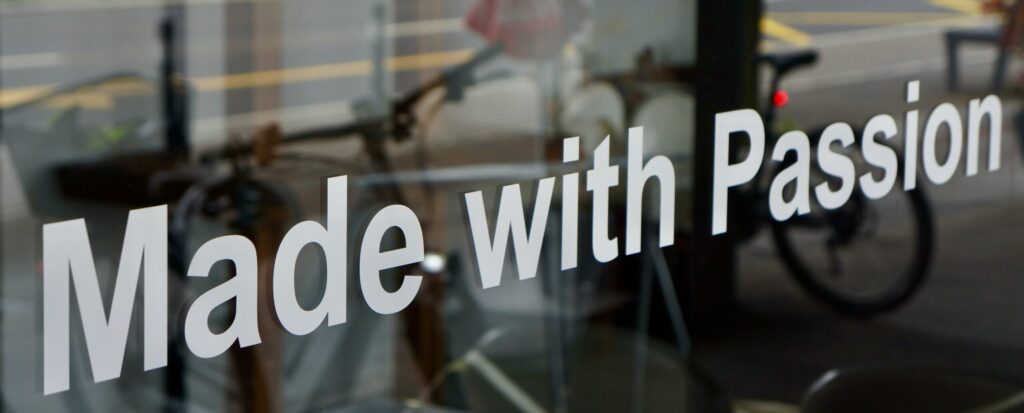Effective strategies for collaborating with graphic designers to ensure your event graphics meet your objectives
Collaborating with graphic designers is a crucial step in ensuring that your event graphics align with your goals and create a memorable experience for your attendees. Whether you’re planning a corporate conference, a trade show, or a large-scale public event, effective communication and collaboration with your graphic designers can make a significant difference in the outcome. Here’s how to work with graphic designers to achieve your event goals and ensure your graphics are both impactful and aligned with your vision.
1. Define Clear Objectives
Outline Your Goals: Start by clearly defining the objectives of your event and how you want your graphics to support these goals. Are you aiming to increase brand awareness, engage attendees, or promote a specific product? Communicate these objectives to your graphic designer so they understand the purpose and direction of the graphics.
Identify Key Messages: Determine the key messages you want to convey through your event graphics. These messages should align with your overall event theme and brand identity. Providing your designer with these messages ensures that the graphics will effectively communicate what you want to say.
2. Share Detailed Briefs
Provide Comprehensive Information: A detailed design brief is essential for successful collaboration. Include information about the event’s theme, target audience, venue, and any specific design elements you want to incorporate. The more details you provide, the better the designer can tailor the graphics to meet your needs.
Include Brand Guidelines: Share your brand guidelines with the designer to ensure that the graphics align with your brand identity. This includes color schemes, fonts, logos, and any other branding elements that should be integrated into the design.
3. Collaborate on Concept Development
Brainstorm Together: Engage in brainstorming sessions with your designer to explore different concepts and ideas. This collaborative approach allows you to leverage the designer’s creativity while ensuring that the graphics align with your vision. Be open to their suggestions and provide constructive feedback.
Review Mockups: Ask for initial mockups or drafts of the graphics and review them carefully. This is your opportunity to provide feedback and make adjustments before finalizing the design. Discuss any changes or refinements needed to ensure that the graphics meet your expectations.
4. Set Realistic Timelines
Establish Deadlines: Set clear deadlines for each stage of the design process, including concept development, revisions, and final delivery. Ensure that your designer has enough time to create high-quality graphics and make any necessary adjustments based on your feedback.
Plan for Contingencies: Allow some buffer time in case of unforeseen changes or delays. This helps ensure that you have ample time to review and finalize the graphics without feeling rushed.
5. Communicate Effectively
Maintain Open Communication: Keep the lines of communication open throughout the design process. Regularly check in with your designer to discuss progress, provide feedback, and address any concerns. Effective communication helps prevent misunderstandings and ensures that the final graphics align with your vision.
Provide Constructive Feedback: When reviewing designs, provide specific and constructive feedback. Instead of vague comments, highlight what you like and what needs to be adjusted. This clarity helps the designer make the necessary changes more efficiently.
6. Ensure Design Flexibility
Consider Various Formats: Discuss the different formats and sizes in which the graphics will be used. Ensure that the design is adaptable to various applications, such as banners, digital screens, and print materials. Flexibility in design ensures that the graphics look great across all platforms.
Prepare for Changes: Be prepared for the possibility of changes or updates to the graphics as the event approaches. Having a flexible approach allows you to make necessary adjustments without compromising the quality of the final design.
7. Review and Approve Final Designs
Conduct a Thorough Review: Before finalizing the graphics, conduct a thorough review to ensure that all elements are accurate and meet your specifications. Check for consistency with brand guidelines, clarity of messaging, and overall visual impact.
Approve Designs: Once you are satisfied with the final designs, provide your approval to move forward with production. Confirm that all files are in the correct format and meet any technical requirements for printing or digital display.
8. Evaluate the Outcome
Assess Graphic Performance: After the event, evaluate the performance of the graphics in achieving your goals. Review attendee feedback, assess engagement levels, and analyze how well the graphics contributed to your event’s success.
Provide Feedback to the Designer: Share your feedback with the designer, highlighting what worked well and any areas for improvement. This feedback helps build a strong working relationship and contributes to better outcomes in future collaborations.
Conclusion
Effective collaboration with graphic designers is key to achieving your event goals and ensuring that your graphics are impactful and aligned with your vision. By defining clear objectives, sharing detailed briefs, collaborating on concepts, setting realistic timelines, communicating effectively, ensuring design flexibility, and reviewing final designs, you can work together to create graphics that enhance your event and leave a lasting impression on attendees.
EventGraphics is your trusted partner for creating exceptional event graphics that align with your goals and elevate your event experience. Our expertise in designing impactful graphics ensures that your event stands out and achieves its objectives. Contact EventGraphics – The Event Graphic Specialists today to discover how we can help you bring your event vision to life with outstanding graphics.

